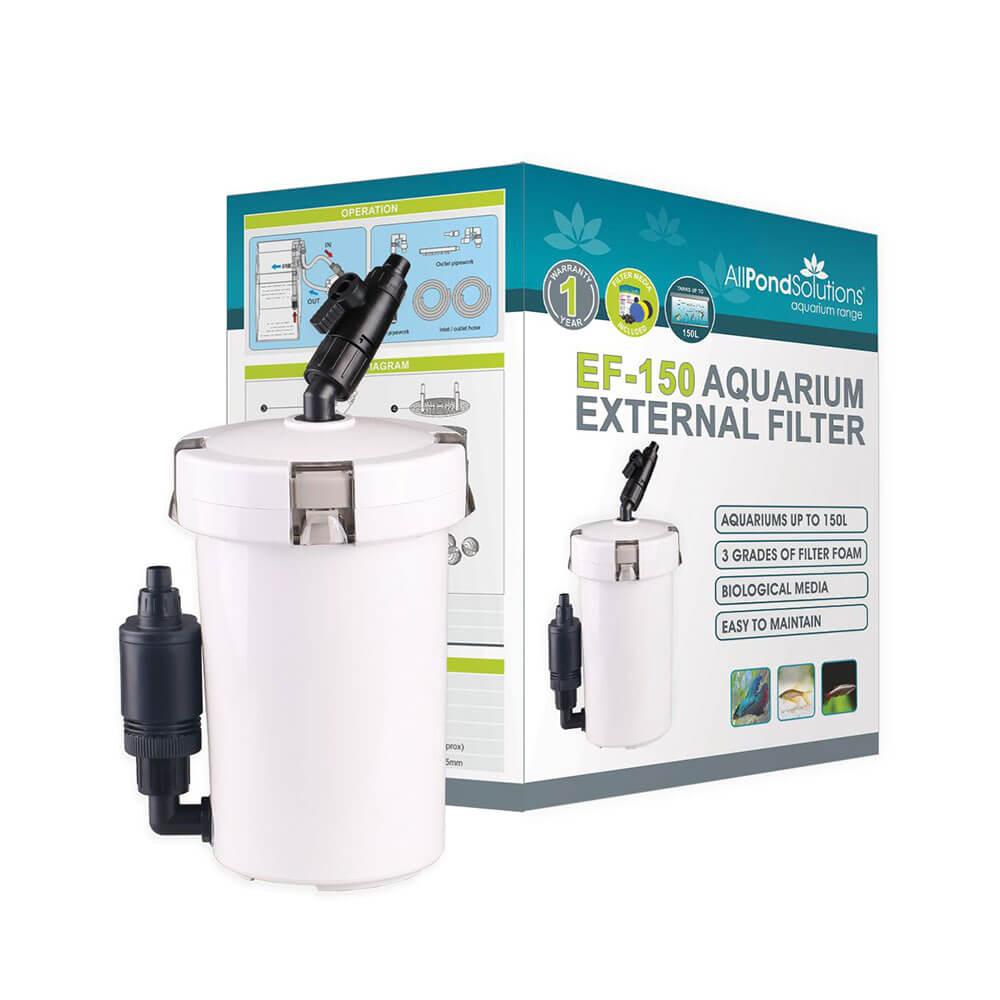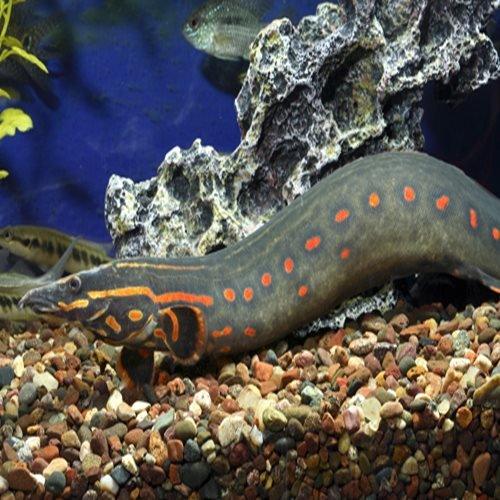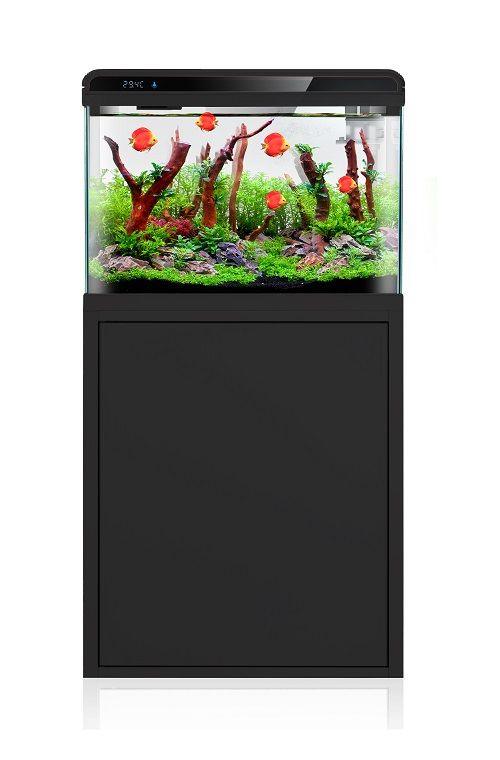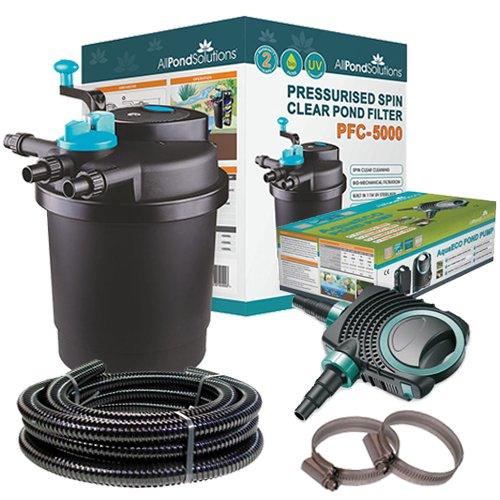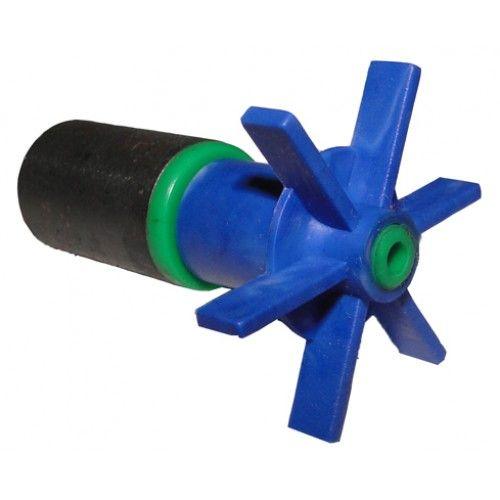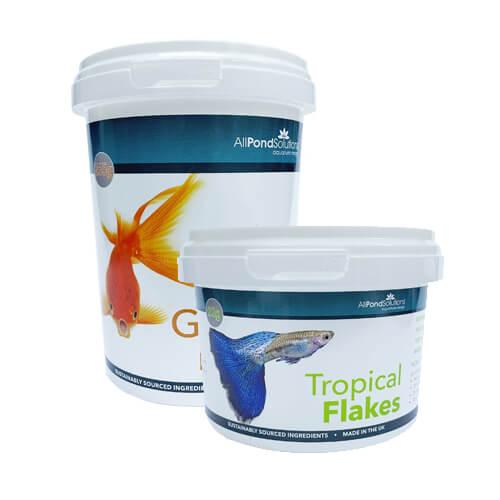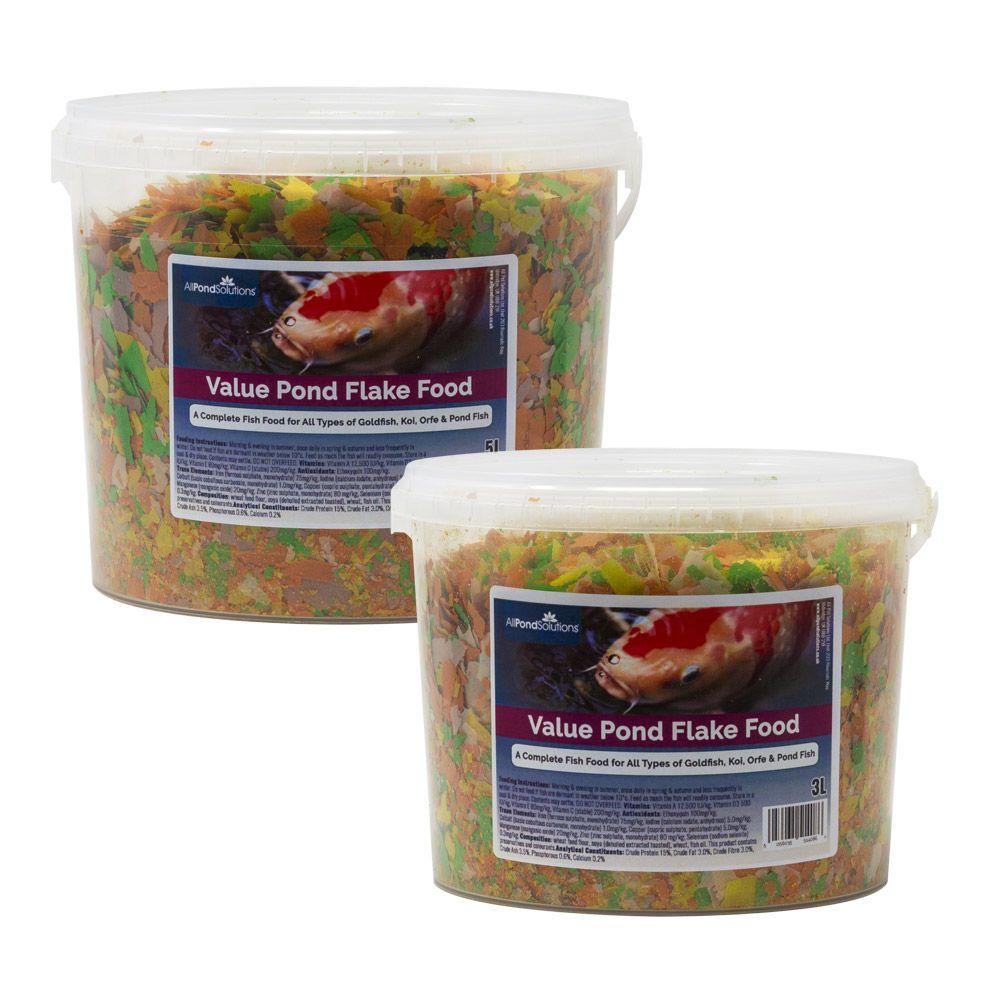Scientific Name: Mastacembelus erythrotaenia
Please note – The image used above is for illustration purposes only; Size, colour and sex may vary. Many of our livestock species are sold as juveniles and have not yet reached their full size and colour potential. If you have any concerns about the size or colour of the livestock you wish to order, please contact our livestock team via our support centre before placing your order. Due to the large quantities of livestock orders daily, the livestock team will are unable to select fish / shrimp to meet specific gender or aesthetic needs.
Approximate purchase size : 8 - 12cm
All Pond Solutions will always endeavour to supply as close to the approximate size range as possible. Due to variations from suppliers on rare occasions this may not always be possible. Images used are to show the full potential of the fish when fully mature and are not always representative of juvenile specimens.
How easy are they to care for?
We would class these as a medium level of care.
How large can they grow?
They can reach a length up to 100cm, although this is rarely seen in aquariums.
Where in the world are they from?
Fire eels are found throughout Laos, Cambodia, Thailand and Malaysia
What is the ideal number to keep together?
Can be kept in groups as juveniles but adults should be kept alone.
What water conditions do they require?
Soft slow moving water is ideal with a pH of 6.0 - 7.0 and will accept temperatures from 24 - 28 degrees celcius.
What should you feed them?
Juveniles should be fed on a varied diet of sinking frozen foods. Adults may grow to accept sinking pellets, but meaty foods such as cockles will be more readily accepted.
How compatible are they with other fish?
Generally very peaceful with fish that are too large to be seen as food items.
Can they be bred in captivity?
They have been bred in captivity, however this is largely accidental and not a process many people try and achieve.
